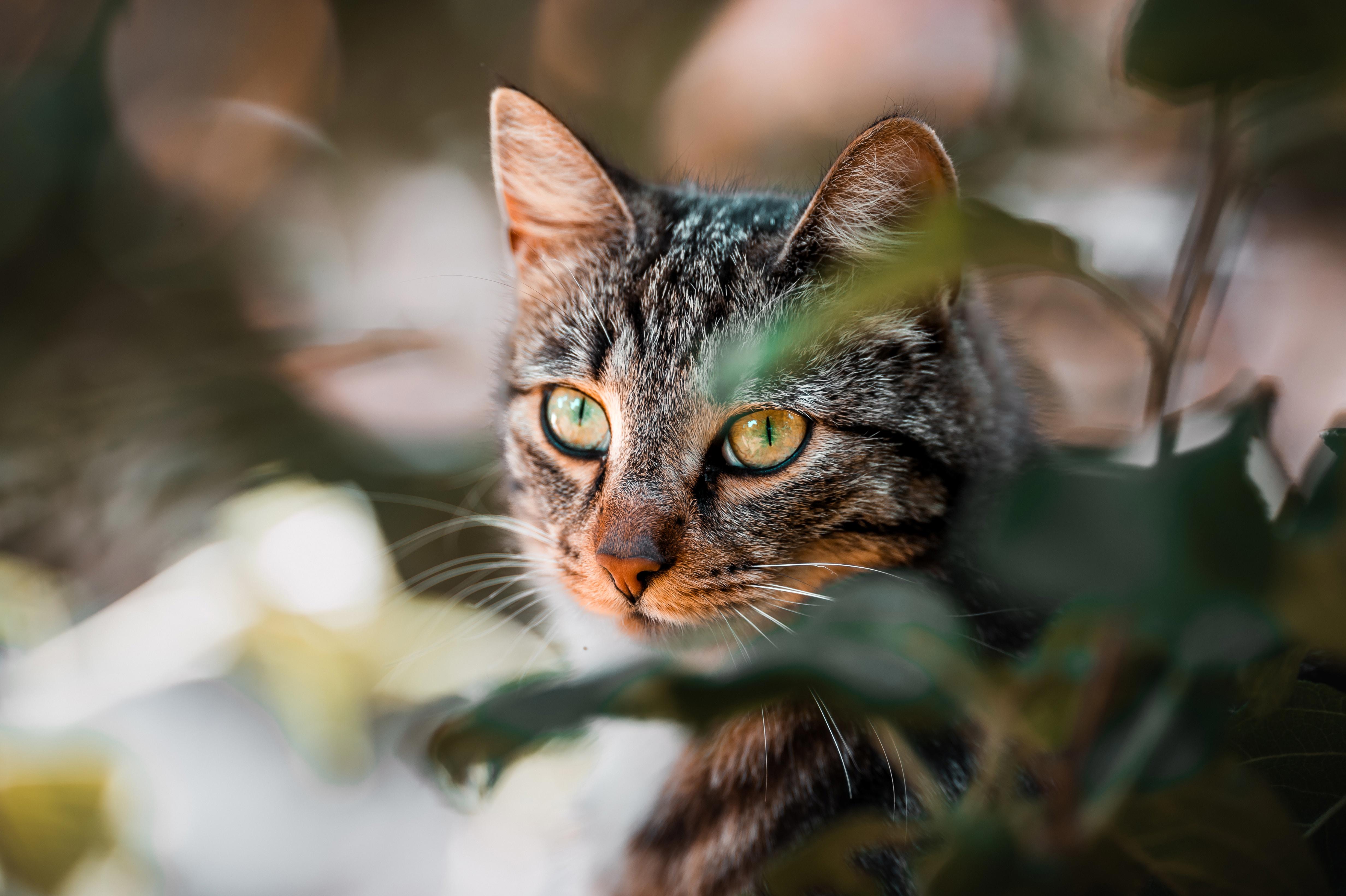If you’ve ever wondered how cats are able to navigate their environment so gracefully, the answer lies in their amazing whiskers. Not only do cats have whiskers to help them find their way around, but they also have a fascinating science behind them that makes them unique among other animals. In this blog post, we’ll explore the science behind cat whiskers and how they help cats perceive the world around them. From the anatomy of their whiskers to the functions they serve, we’ll uncover the mysteries of these mysterious little hairs and their importance to cats.
Cat whiskers are one of the most fascinating and mysterious features of cats. They have been the subject of much speculation and myth, with stories that span from the ancient Egyptians believing them to be magical to the more recent belief that cats can predict earthquakes and other natural disasters. But what is the real science behind cat whiskers?
Cat whiskers, or vibrissae, are specialized hairs that are embedded deep into the skin and are densely packed with nerves and sensory cells. They are located around the muzzle, chin, and eyebrows of cats, as well as on their front legs and paws. The whiskers are usually twice as thick as the cat’s other hairs, and are much longer and stiffer, growing to around twice the length of the cat’s body. The length of the whiskers, and the amount of hair on the body, varies from breed to breed.
These specialized hairs are incredibly sensitive and help cats to sense their environment. They are extremely sensitive to even the slightest of vibrations, enabling cats to detect the tiniest of movements in their surroundings. This helps cats to navigate in the dark, as well as aiding in hunting and defense.

The whiskers also assist cats in judging the size of an object, by feeling the air displaced when the object passes. By sensing the air around an object, cats can determine the size, shape and distance of the object without even seeing it. This process is known as whisker mapping.
The whiskers also help cats to determine if an object is within reach. They are able to determine the exact distance from the object, as well as the width of the object, by feel. This helps cats to avoid obstacles and to catch prey.
The science behind cat whiskers is truly fascinating and helps us to understand more about why these animals are so amazing. By studying the whiskers, we can gain insight into the way cats interact with their environment, as well as how they use their senses to perceive the world around them.
So, next time you look at your furry feline friend, take a moment to appreciate the science behind those mysterious whiskers. They are far more than just a cute accessory – they are essential tools for cats to navigate and survive in their world.
We’ve seen that cats’ unique whiskers are essential for their survival and allow them to navigate their environments. This impressive feature is an example of the incredible science that can be found in nature. Through a combination of sensory cells and muscles, cats are able to use their whiskers to make decisions about their environment and protect themselves from predators. It’s an awe-inspiring example of the wonders of nature, and the science behind cat whiskers is truly fascinating.
Please follow us on Social Media







